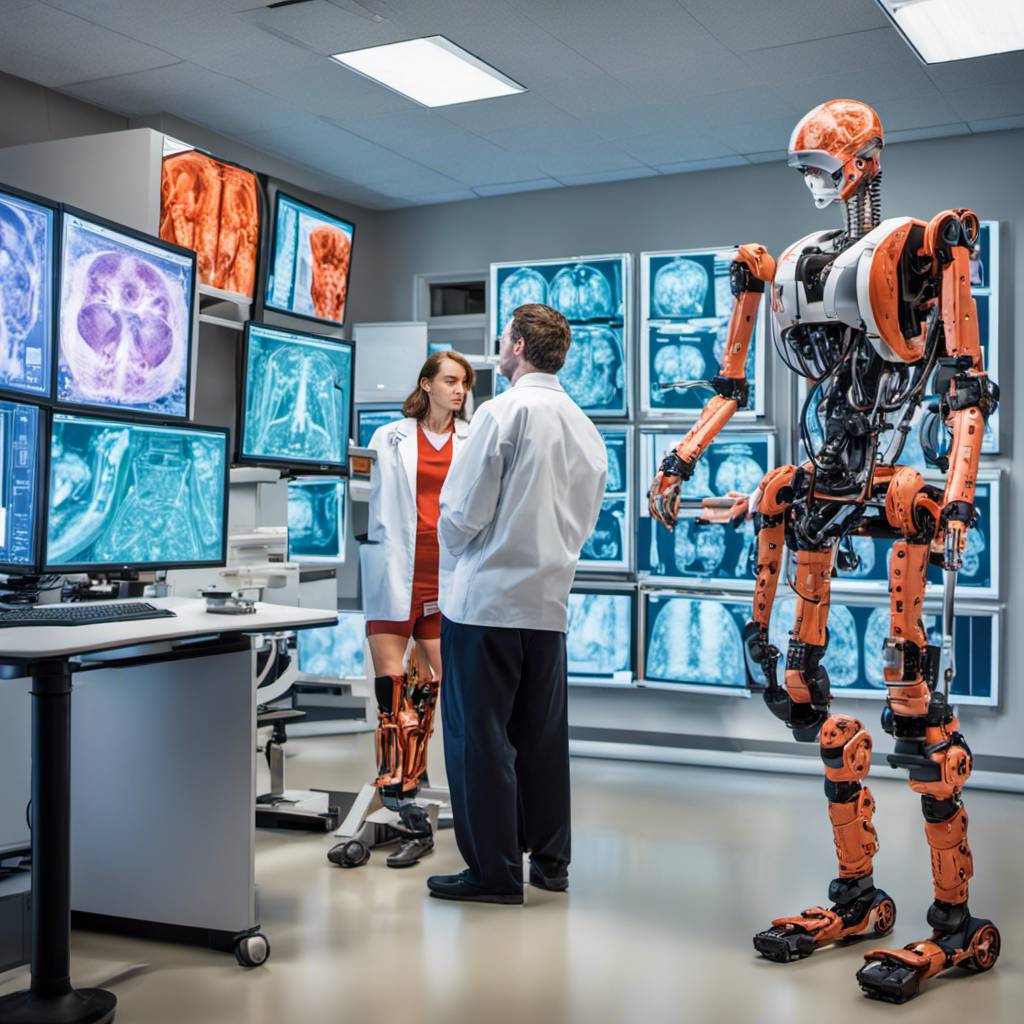In the rapidly advancing field of neurorehabilitation, a team of researchers from New Jersey has recently conducted a comprehensive review of how robotic exoskeleton devices impact the recovery of individuals with acquired brain injury. The study, entitled “Lower extremity robotic exoskeleton devices for overground ambulation recovery in acquired brain injury — A review”, was published on May 25, 2023 in Frontiers in Neurorobotics.
The authors, including lead researcher Dr. Kiran Karunakaran and co-author Dr. Karen Nolan from the Center for Mobility and Rehabilitation Engineering Research at Kessler Foundation, along with Eliana Legelen from Montclair State University, examined 57 published studies on overground training using wearable robotic exoskeleton devices. These devices, often associated with the world of electronics and computers, are increasingly being used in the realm of medical rehabilitation.
Acquired brain injury, as defined in the study, includes conditions such as cerebral palsy, traumatic brain injury, and stroke. The research team aimed to analyze the therapeutic effects of various robotic devices on these conditions, providing a detailed review of both clinical and pre-clinical studies.
Dr. Karunakaran highlighted that despite the significant advancements in robotic exoskeleton design and technology, understanding their efficacy remains a challenge. This is due to the wide range of variables among the devices themselves and the clinical characteristics of acquired brain injuries. She stated, “The control mechanisms vary widely among these devices, for example, which has a major influence on how training is delivered.”
Other factors contributing to the complexity of understanding the impact of these devices include the timing, duration, dosing, and intensity of training in these devices. This variability underscores the need for a systematic framework to evaluate these devices rigorously.
Dr. Nolan emphasized the need for a holistic approach to future research. This approach should consider diagnosis, stage of recovery, and domain to develop an effective framework. She believes that through this method, researchers can identify optimal ways to use lower extremity robotic exoskeletons to enhance mobility in individuals with acquired brain injury.
The researchers also highlighted that their review is unique in its comprehensive approach. It presents both downstream evaluations (functional, biomechanical, physiological) and upstream evaluations (cortical) after rehabilitation using various robotic devices for different types of acquired brain injury.
Dr. Karunakaran noted that each device needs to be evaluated by domain in each population and throughout all stages of recovery. “This is the necessary scope for determining the response to treatment,” she said.
The study underscores the potential of robotic exoskeletons in aiding recovery from brain injuries. However, it also highlights the need for further research and development to fully understand their capabilities and optimize their use. As programming languages and coding continue to evolve, so too will the sophistication and effectiveness of these robotic devices. This research serves as a stepping stone for future studies aiming to harness the full potential of technology in medical rehabilitation.
